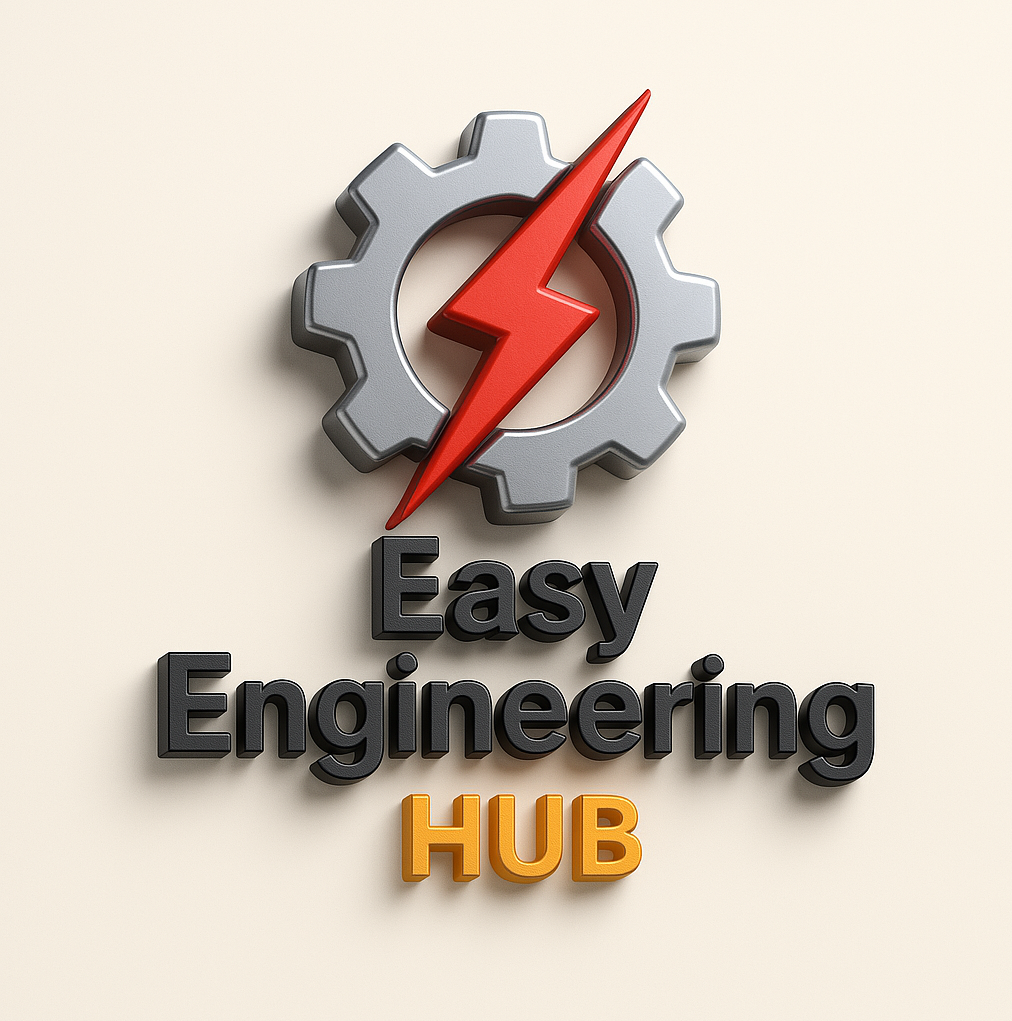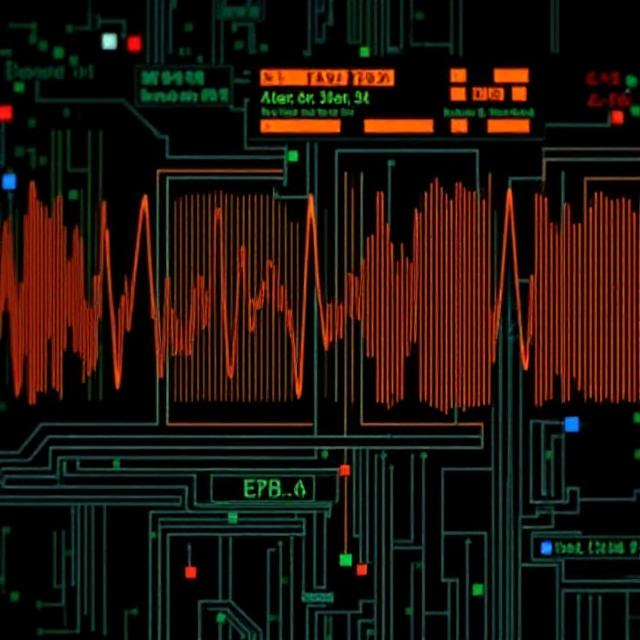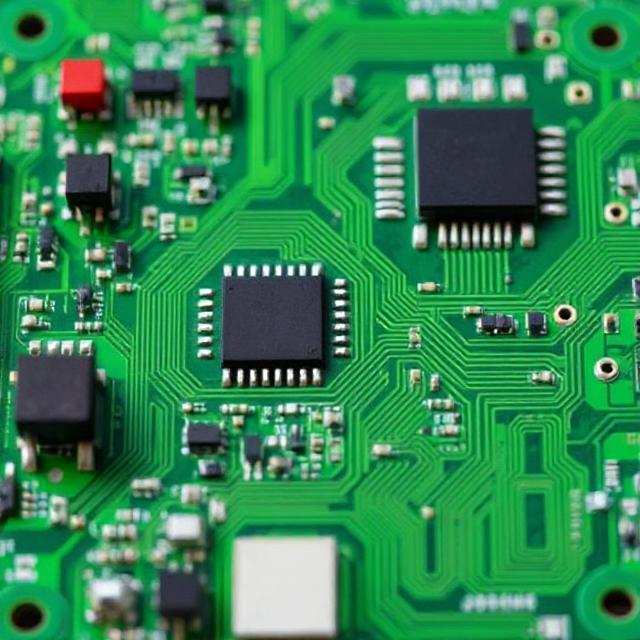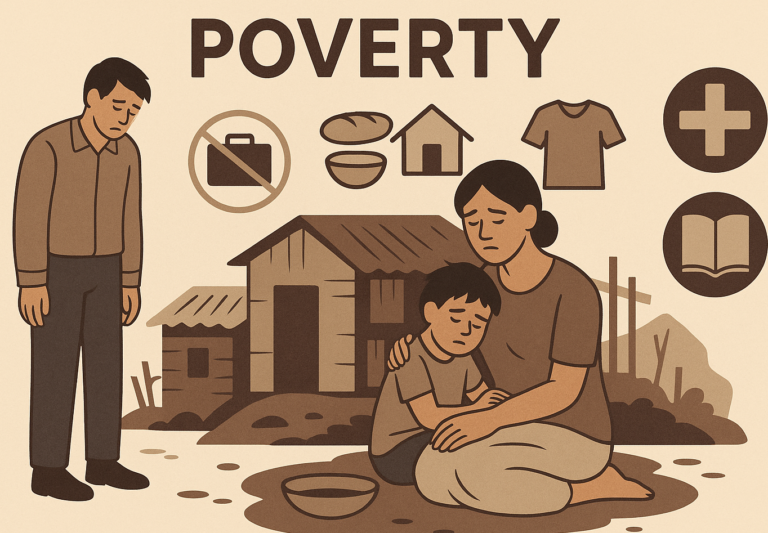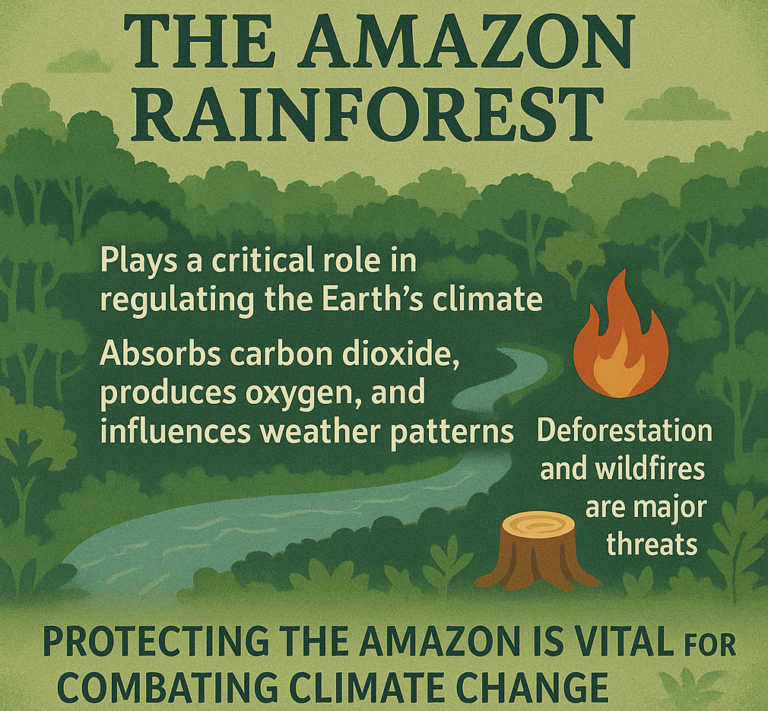1. What is a Power Grid?
A power grid is the system that delivers electricity from power plants to homes, businesses, and other users. It consists of:
- Power stations: Where electricity is generated (e.g., coal plants, solar farms, wind farms).
- Transmission lines: High-voltage power lines that carry electricity over long distances.
- Substations: Where the voltage is reduced so the electricity can be safely used.
- Distribution lines: The lower-voltage power lines that bring electricity to homes and businesses.
However, power grids are not always efficient. A lot of energy is lost during transmission and distribution, and some systems can be outdated or wasteful.

2. What Are Energy-Efficient Power Grid Technologies?
Energy-efficient power grid technologies are advanced systems, tools, and methods that help reduce energy losses, improve the overall efficiency of the grid, and make it smarter. These technologies aim to:
- Reduce wasteful energy consumption.
- Make better use of renewable energy (like solar and wind).
- Improve the reliability and stability of the power grid.
These technologies help save energy, lower costs, and reduce the impact on the environment.
3. Key Technologies in Energy-Efficient Power Grids
A. Smart Grids
A smart grid is an upgraded version of the traditional power grid. It uses digital technology and real-time data to monitor and control electricity flow more efficiently.
- How it works: Smart grids use sensors and smart meters to gather information about the grid’s performance. This data is sent to a central system, which can make real-time decisions to optimize energy use. For example, if there’s an energy shortage, the system can automatically reroute power from one area to another or turn off less critical devices to save energy.
- Benefits:
- Helps balance supply and demand.
- Detects and fixes problems faster (like outages).
- Allows users to monitor their own energy usage, which can encourage energy-saving behavior.
B. Energy Storage Systems
Energy storage is about storing electricity when it’s plentiful (like when there’s a lot of solar or wind power) and using it when demand is higher, or renewable energy isn’t available (like at night).
- How it works: Energy storage systems (like batteries) store electricity for later use. This helps smooth out the fluctuations in energy generation from renewable sources (like the sun or wind), which aren’t always available.
- Benefits:
- Reduces the need for backup power plants (which are usually less efficient and more polluting).
- Helps store clean energy for use at peak times.
- Improves grid stability by balancing supply and demand.
C. Demand Response
Demand response is a system where consumers are incentivized to reduce their energy usage during peak times or when the grid is under stress.
- How it works: Utilities can send signals to smart appliances (like thermostats or water heaters) to reduce their energy use during peak hours. For example, a utility company might ask customers to turn down air conditioning during a hot day to avoid overloading the grid.
- Benefits:
- Helps reduce energy demand during peak hours, lowering the need for additional power plants.
- Saves money for consumers and utilities by reducing the need for expensive peak power generation.
- Decreases the environmental impact by avoiding the use of fossil fuels for peak power.
D. High-Efficiency Power Transmission
Transmission losses occur when electricity travels long distances over the grid. Traditional power lines lose energy in the form of heat due to resistance. High-efficiency transmission lines are designed to reduce these losses.
- How it works: New materials and technologies (like superconducting wires) can carry electricity with less energy loss, even over long distances.
- Benefits:
- Reduces the amount of energy lost during transmission.
- Makes it possible to carry electricity over longer distances, allowing renewable energy from remote areas (like wind farms in the countryside) to be used in cities.
E. Grid Modernization
Modernizing the grid means upgrading old infrastructure with new, more efficient equipment and technologies to make the grid more reliable, flexible, and energy-efficient.
- How it works: Grid modernization includes:
- Replacing aging power lines and transformers with more efficient ones.
- Installing smart meters that provide real-time data to both utilities and consumers.
- Using more automated systems to monitor and control the grid in real-time.
- Benefits:
- Reduces maintenance costs and improves reliability.
- Enhances the integration of renewable energy sources, which can be variable.
- Prevents outages and power disruptions.
F. Renewable Energy Integration
Renewable energy sources like solar, wind, and hydropower are cleaner alternatives to fossil fuels, but they can be intermittent—meaning the energy they produce can fluctuate.
- How it works: Modern grids are designed to better integrate these renewable sources by using advanced technologies like energy storage (batteries) and demand response to manage fluctuations in supply and demand.
- Benefits:
- Reduces reliance on polluting, non-renewable energy sources like coal and gas.
- Helps in achieving sustainability goals by lowering the carbon footprint of the power grid.
G. Microgrids
A microgrid is a small, localized power grid that can operate independently from the main grid. It can use local energy sources like solar panels, wind turbines, or batteries to supply power to a specific area (e.g., a building, campus, or neighborhood).
- How it works: Microgrids are designed to operate independently during emergencies or times when the main grid goes down. They can still connect to the main grid when needed but can also run on their own if necessary.
- Benefits:
- Increases grid resilience by providing backup power during outages.
- Reduces energy loss by producing and using energy locally.
- Promotes the use of renewable energy sources.
4. Benefits of Energy-Efficient Power Grid Technologies
- Reduced Energy Losses: Technologies like high-efficiency transmission lines and energy storage reduce the amount of energy wasted during transmission and storage.
- Lower Costs: By reducing energy waste and improving grid efficiency, these technologies help lower electricity bills for consumers and utilities.
- Better Use of Renewable Energy: Smart grids and storage systems help integrate more renewable energy (like solar and wind) into the grid, making it cleaner and more sustainable.
- Improved Reliability: Technologies like microgrids, smart grids, and grid modernization improve the overall reliability of the power grid, reducing outages and disruptions.
- Environmental Impact: Using more efficient technologies reduces the need for fossil fuels, helping lower greenhouse gas emissions and combat climate change.
5. Challenges
- Cost: Upgrading the grid and installing new technologies can be expensive, although it pays off in the long run through energy savings and greater efficiency.
- Complexity: Integrating new technologies into the existing grid can be complex, requiring coordination between utilities, governments, and consumers.
- Cybersecurity: As grids become smarter and more connected, there’s a greater need to protect them from cyber threats.
6. Summary
Energy-efficient power grid technologies are innovations that make the power grid smarter, more reliable, and less wasteful. These technologies help:
- Reduce energy loss.
- Better integrate renewable energy.
- Improve the stability of the grid.
- Lower costs for consumers and utilities.
Examples of these technologies include:
- Smart grids for real-time monitoring and control.
- Energy storage systems to store excess energy.
- Demand response to reduce energy use during peak times.
- High-efficiency transmission lines to reduce power loss.
- Microgrids for localized energy production.
Together, these technologies help create a more efficient, sustainable, and resilient power grid, which is better for the environment and more cost-effective for everyone!
Keywords: Power Grid, Electrical, Electronics
Keywords: Power Grid, Electrical, Electronics
